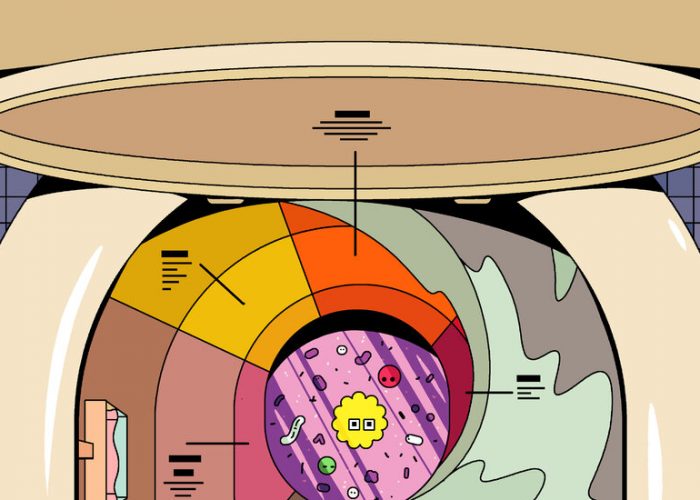On a small scale, effluent from individual buildings college dorms, prisons, nursing homes and homeless shelters is increasingly being surveilled for coronavirus. When you have congregate living, theres no question about its utility, Smith says. Indeed, more than 140 universities around the world have begun monitoring wastewater, according to a dashboard maintained by the Covid-19 Wastewater-Based Epidemiology Collaborative. In those settings, where the transmission risks are high, its crucial to quickly identify and isolate positive cases. Testing a daily sewage sample from a building, Smith adds, is a completely passive and much more cost-effective way to make sure the inhabitants are virus-free than giving them diagnostic tests every few days. If the virus is detected in sewage, then follow-up diagnostic tests can be administered. In August, the University of Arizona made news when, using this process, it identified and successfully quarantined two asymptomatic students during the first week of classes.
On a larger scale, tracking sewage can serve as a check on whether testing regimens are correctly capturing the spread of the virus in given locations. Many people will say, Theres not an outbreak, weve just increased testing, Peccia says. The wastewater doesnt know where testing has increased. In other words, sewage findings that mirror patterns seen in clinical-test reports reinforce their accuracy. Furthermore, while testing sites are often centralized, drawing users from a wide geographic area, sewage can be traced to specific neighborhoods, potentially providing more detailed information about the distribution of the virus. In their preprint, Alm and colleagues noted that in ZIP codes around Boston, the amount of virus present in sewage was not correlated with the number of people who lived there, as they had expected. Rather, the wealthier a neighborhood, the less virus in its effluent. That kind of information could allow local officials to more efficiently direct limited resources to disproportionately affected areas, whose residents may also have less access to Covid testing.
Surveillance could also exacerbate and compound existing social inequalities, Alm and co-authors note in a separate July paper in Water Research. Residents from heavily impacted regions could conceivably face harsher restrictions and penalties than, or discrimination from, those who have less exposure to the virus.read more
Watching What Goes Down Our Toilets Could Help Keep a Pandemic From Spiraling Out of Control


